That neighbor walking past my house with his dog: did he hear snatches of my music through the window, and is that a smirk on his face? When the world is bursting with a surplus of gifted concert pianists, it’s ridiculous for an ordinary person like me to stumble through music requiring grace, gymnastics, and dexterity. I ought to be spending my time on mature pursuits such as paying bills or drawing up the grocery list rather than pursuing this unrealistic dream I’ve harbored since childhood. Quite simply, I don’t deserve to enjoy the piano.
If any of these voices sound familiar—after a decade of studying the piano as an adult, and one who has a slowly degenerating hearing loss, I’ve heard them all in my head—then you will soar from an orientation called presence. That’s Presence with a capital P, which is “approaching your biggest challenges without dread, executing them without anxiety, and leaving them without regret.” And it turns out that the key to presence is does not originate from meditation, affirmations, or other disciplines of the mind. Rather, presence emanates from our bodies.
Of course, presence applies beautifully to a concert pianist’s Olympian challenge of a 10-city tour. Yet presence also matters for the daily, dogged commitment to practice. To sight-read, practice repetitive scales, master tricky rhythms like three against two, and ease into a rapid trill, we must occupy the piano bench with presence, as defined by world-renowned researcher, professor, and presenter Amy Cuddy.
Cuddy, a Harvard Business School professor, suffered a debilitating brain injury during college, so severe that her doctors did not expect her to graduate. She nonetheless burst into our national consciousness with her TED talk on power poses, which has since become one of the most viewed TED talks of all time. Her thesis is simple: that simply by standing like Wonder Woman or Superman, feet apart, shoulders back and down, gaze straight out at the world, and hands either at your waist or thrust towards the sky, our bodies send powerful messages to our brains of confidence, competency, and calm.
And it’s important to emphasize that by power, Cuddy doesn’t mean controlling other people or aggrandizing resources. Rather, the intent of the power pose is to nudge yourself toward “becoming a bolder, more authentic, more effective version of yourself.” The objective is “power to, not power over.”
“Are you…?” fans ask Cuddy in airports, assuming a power pose. And yet Cuddy’s research has much more depth than what she could fit into 20 minutes on the TED stage. Her book, Presence: Bringing Your Boldest Self to Your Biggest Challenges, delves into how our posture, stance, and physical mien affects our ability to pursue our dreams and passions.
Presence eschews the glitzy, seductive tone of many self-help books—as a researcher, Cuddy has written a sociological piece, carefully spelling out the studies that back her conclusions—yet I recommend the book for anyone who wants fuel for pursuing their passions, on the bench and elsewhere. I read the book with a pen and underlined key conclusions, which I plan to periodically review in the years to come. To whet your appetite, here are five takeaways I gleaned from the book that can enhance your piano practice.
1. Do a power pose every day.
The power pose is the foundation of Cuddy’s theory of presence. She recommends that you adopt the pose before big challenges, such as a stressful meeting, creatively using private spaces such as a bathroom stall! Power posers may stand like Wonder Woman, hands on hips, or with both arms lifted towards the sky. One aspect of the power pose that I didn’t remember at first is to hold the pose for a full two minutes. And you don’t have to limit its practice to these recommendations. Recently during my piano lesson, when I was struggling to execute a demonically difficult trill in the bass while playing rapid triplets with my right hand, I felt inspired to imagine myself standing in a power pose, as though I’d just cleared the finish line in a marathon. I was startled when I proceeded to execute the passage flawlessly. Now I imagine myself in power poses occasionally during my practice.
2. Sit up straight on the piano bench.
I’ve struggled with my hunched shoulders and caving chest for years. Sometimes when I sit at the piano bench, I chant the following reminders: shoulders back and down, abdomen down and in, chest free and open. I try to remember to check my posture periodically throughout my practice. Your posture is important because of the provocative idea, and this is really the premise of Presence, “that bodily experiences cause emotions, not the other way around.” How you sit at the piano bench strongly influences the feelings you will experience with your music. Good posture at the piano permits us to be open and expansive, a frame of mind which enables us to take time for ourselves for practice or play for others. These generous acts are what Cuddy means by power, in the best sense of the word.
3. Breathe slowly and with intention.
“Understanding that you can control your breathing is a first step in understanding how you can control your anxiety—that you have the tools to do it yourself.” This quote in Presence is from Emma Seppälä, who has done work with veterans (and whom GRAND PIANO PASSION™ has published on the importance of play). When you breathe deeply, your chest naturally expands. Before tackling a difficult passage in your music, stop for a moment, inhale deeply through your nose to the count of six, then exhale deeply, again through your nose, through a count of six. Repeat a couple of more times. I have to confess that when I first learned to breathe this way in hot yoga, I felt as though I was going to suffocate. I was used to more shallow breaths. Yet once you get in the habit of breathing to calm your body’s rhythms, you will feel cleansed of anxiety and interested in working through that challenging section of your music.
4. Take time to make decisions.
Should I start with scales or sight-reading or jump right into practice? Which piece to work on? Should I play from the beginning or where I left off the day before? How to allocate precious practice time can be a stressful decision. And powerless feelings that there will never be enough time induce a phenomenon called goal neglect, which is failing to remain focused on a goal that matters to you. “Slowing down is a power move,” counsels Cuddy. Take the time you need at the beginning of your practice to determine how you want to spend the time you have. Amateur concert pianist Ricker Choi, for example, uses the first part of his practice reviewing yesterday’s newly learned material.
5. Imagine yourself practicing when you’re away from the piano.
I’ve written on the benefits of practicing the piano in your mind, away from the keyboard. Cuddy succinctly explains why this strategy is effective: “going over a sequence of movements in the mind increases one’s ability to enact them in the real world; the same regions of the brain that become active while executing particular actions…also respond when imagining those same actions.” When you find yourself stuck in traffic or waiting for a subway car on a crowded platform, imagine yourself playing a difficult trill or play through one of your pieces in its entirety in your mind.
One of the formative experiences in Cuddy’s life was the years she spent dancing ballet. Her love of dance surfaces throughout Presence, such as when she describes an “Alvin Ailey dancer expressing liberation and freedom.” Ballet provided a route to her discoveries. For those of us who love to play the piano, the connection, between the lessons of Presence and our personal ballets on the keyboard, seems particularly accessible.
Try power poses, good posture, deep breathing, intentional decision making, and imaginative practice. It’s through presence that we can realize our deepest dreams at the piano, and in our lives.
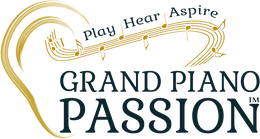
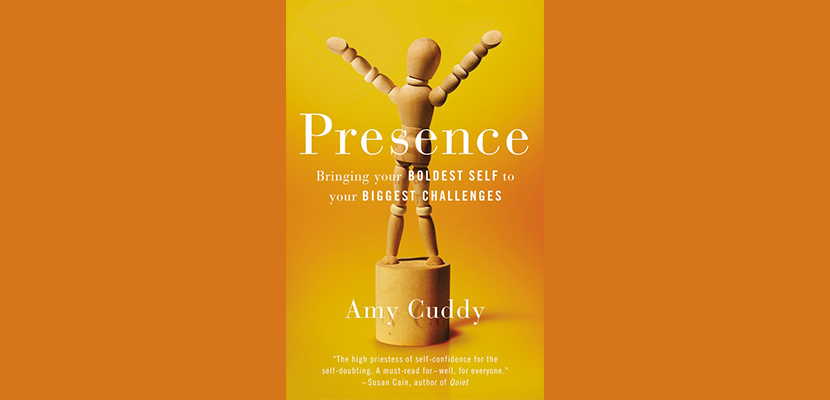
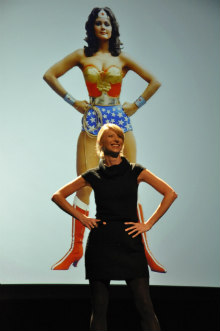
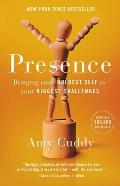
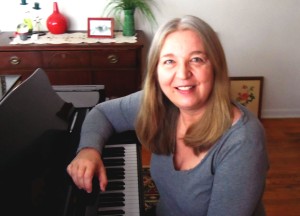
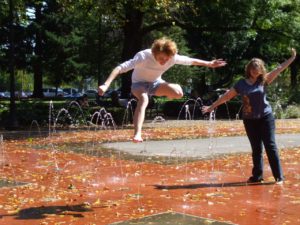
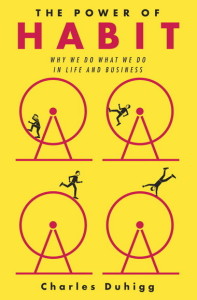
0 Comments